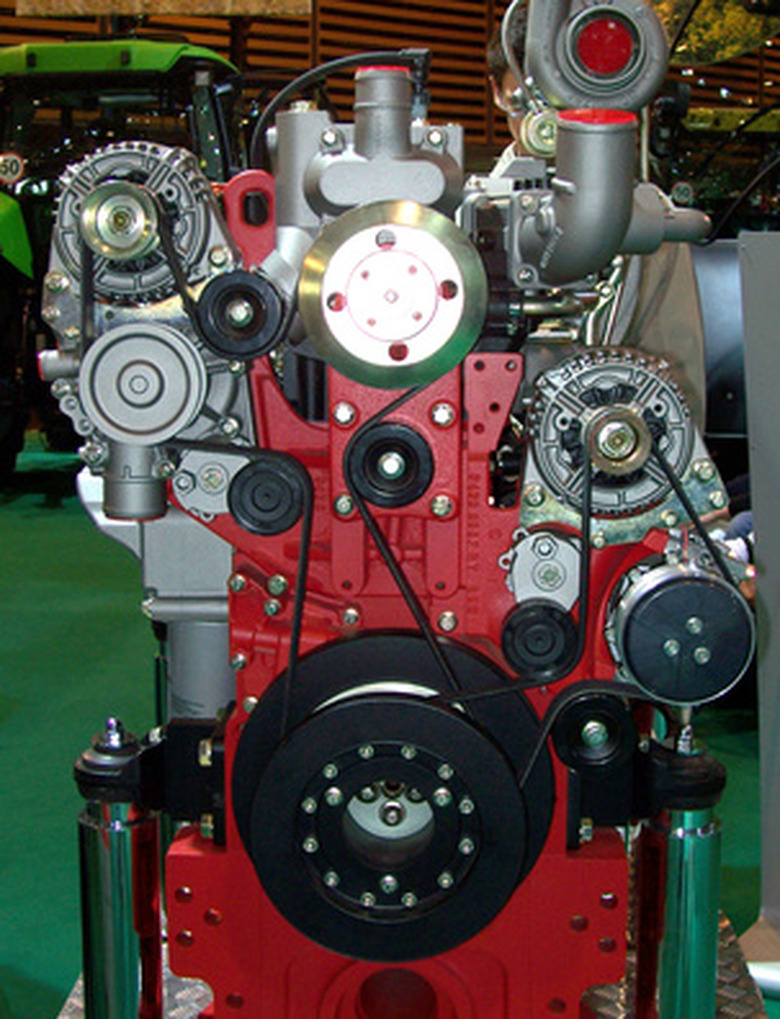Advantages & Disadvantages Of Rotary Screw Air Compressors
Compressed air is used for a variety of industrial purposes, and every compressed air system starts with an air compressor. Rotary screw air compressors are what are known as positive displacement compressors, and are the most common types of compressors used for industrial applications requiring over 30 horsepower (hp).
Cooling
Cooling
Rotary screw air compressors can be either oil cooled or oil free depending on the purity of the compressed air required. Oil cooled rotary screw air compressors do not generate hot spots regardless of the load. Instead, cooling takes place inside the compressor itself, so it can run continually.
Maintenance
Maintenance
The most expensive component of a rotary screw air compressor is the rotary screw air end, but this typically only needs to be replaced once every 10 years, or possibly longer. That aside, routine maintenance only involves changing the oil, oil filter and air/oil separator.
Cost
Cost
The cost of a typical rotary screw air compressor, in terms of initial purchase price and installation, is generally less than a reciprocating air compressor. However, provided that it is properly maintained, a reciprocating air compressor can be expected to last between two and five times longer.
Cite This Article
MLA
Dunning, David. "Advantages & Disadvantages Of Rotary Screw Air Compressors" sciencing.com, https://www.sciencing.com/advantages-rotary-screw-air-compressors-7808180/. 24 April 2017.
APA
Dunning, David. (2017, April 24). Advantages & Disadvantages Of Rotary Screw Air Compressors. sciencing.com. Retrieved from https://www.sciencing.com/advantages-rotary-screw-air-compressors-7808180/
Chicago
Dunning, David. Advantages & Disadvantages Of Rotary Screw Air Compressors last modified March 24, 2022. https://www.sciencing.com/advantages-rotary-screw-air-compressors-7808180/
